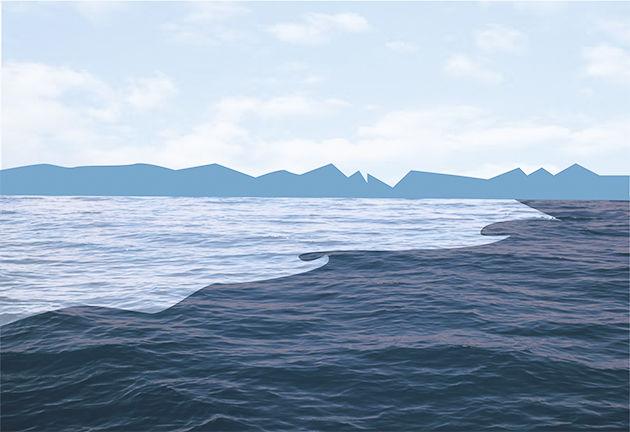36 scientists, 2,500 miles of Pacific Ocean and one goal: Discover how iron particles move as hot and cold water are mixed in deep ocean water.
Jessica Fitzsimmons, assistant professor in the Department of Oceanography is one of the scientists who recently embarked on this international research cruise with scientists from around the United States. Iron plays a critical role in photosynthesis and without it, phytoplankton organisms — a key part of the marine food chain — rely on iron to survive, Fitzsimmons said.
With limited iron in the ocean, a program called GeoTraces makes an effort to document them.
“The GeoTraces program seeks to identify processes and quantify fluxes that control the distributions of key trace elements and isotopes in the ocean, and to establish the sensitivity of these distributions to changing environmental conditions,” a GeoTrace representative said.
As a part of their research, a vessel sailed from Ecuador to Tahiti crossed a tectonic plate along a ridge in the mid Pacific Ocean. At the plate center, the mantle heats heats ocean water and chemically reacts with it to from water to create new seafloor.
Fitzsimmons said by tracking Helium created along the seafloor, the team tracked plumes — hot rock rising from the mantle and hardening — and this created vents that carry iron particles farther than scientists originally thought. Figuring out how far these metals travel in the plumes came with a new issue that arises when iron is exposed to seawater.
“When most of the iron mixes with seawater, it oxidizes and rusts, causing it to precipitate out of solution,” Fitzsimmons said. “This precipitated form is unusable to phytoplankton, so the iron has to be handled a different way.”
Fitzsimmons and her team discovered iron avoids precipitating out of the solution by making use of an organic coating while floating in the oceanic plumes.
“If unprotected the iron will be insoluble and unusable to plankton,” Fitzsimmons said. “In the precipitated phase, the iron is surrounded by a carbon cloud that prevents rusting. In the dissolved phase, the iron is surrounded by what I like to call a ‘carbon hug,’ a much smaller species of organic shell.”
These coatings allow for the preservation of iron in the deep oceans and allow exchange of particulate iron with dissolved iron. Ocean upwelling currents then bring this iron to the surface, which phytoplankton can then utilize for photosynthesis. Fitzsimmons and her team found that these plumes can carry the dissolved iron for up to 2,500 miles and their data showed that the location of these plumes correlates with phytoplankton populations in the ocean.
“Understanding the iron cycle and how the plankton receive iron is critical to how much carbon dioxide they remove from the atmosphere and the ocean’s role in modulating the Earth’s climate system. If the vents are supplying iron to the ocean, it can feed the plankton and aid indirect climate cycling,” Fitzsimmons said.
Microbiology senior Jenna Dulaveris thinks studying phytoplankton is a useful approach in understanding atmospheric and oceanic cycling.
“Phytoplankton play such a huge role in the cycling of nutrients,” Dulaveris said. “They form the bedrock of the food chain for the majority of oceanic organisms and allow for stable environments. In addition to their role as primary producers, phytoplankton’s role in removing carbon dioxide from the atmosphere is paramount to a healthy ecosystem and where research like this can make a difference.”
Reaching ocean depths
April 10, 2017
Photo by Graphic by Rachel Grant
Aggie and international researchers study movement of iron particles in the Pacific Ocean, particularly where hot and cold water collide.
Donate to The Battalion
Your donation will support the student journalists of Texas A&M University - College Station. Your contribution will allow us to purchase equipment and cover our annual website hosting costs.























